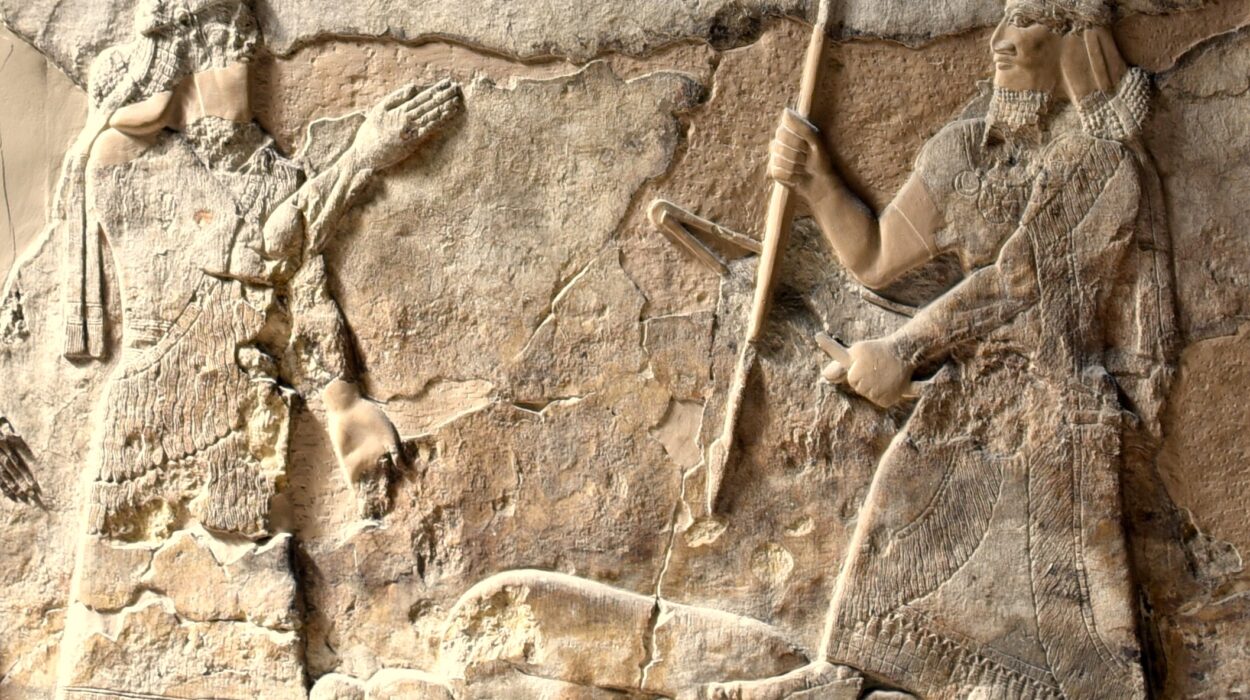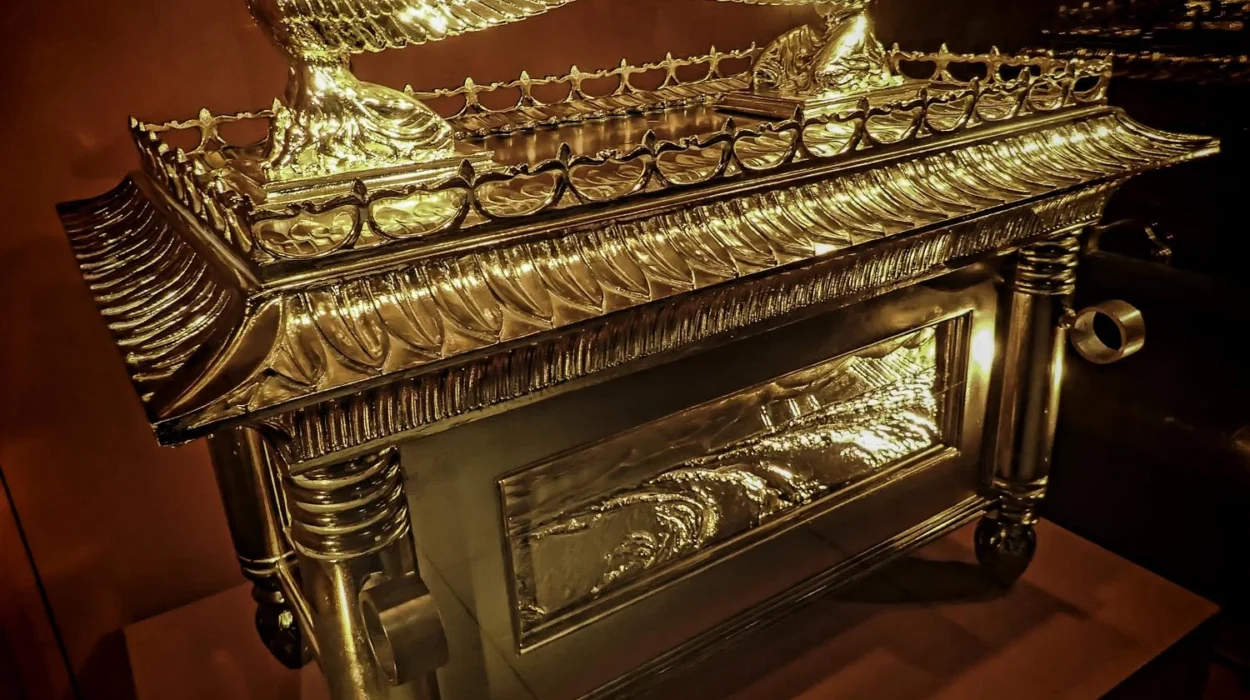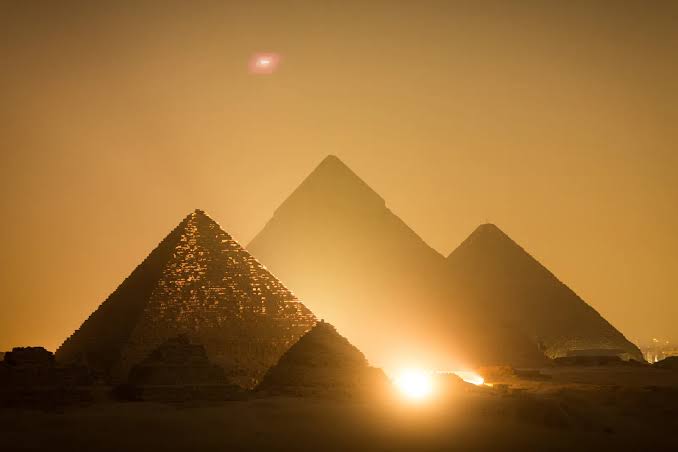Fifty-five years ago, in a tomb in the Judean Hills, archaeologists uncovered a small silver vessel only eight centimeters tall. At first glance it seemed delicate, almost unassuming, but the scenes carved on its surface were anything but simple. For decades, this artifact—now known as the ˁAin Samiya goblet—has carried a mystery that generations of scholars have tried to unravel. What story was the artist trying to tell?
A new study suggests that everything we thought we knew about this ancient artwork may have been off the mark. The goblet’s imagery, long believed to depict a distant ancestor of the Babylonian Enuma Elish creation myth, may instead reveal something quieter, older, and far more fundamental: the ordering of the cosmos itself.
Where Myth and Metal Meet
The ˁAin Samiya goblet is unique. It is considered the only genuine piece of art surviving from the Intermediate Bronze Age in the Levant, spanning roughly 2650 to 1950 BCE. Time has not been kind to it. A missing section disrupts part of the imagery, and other details have softened with age. Even so, what remains is striking. A chimera-like figure—part human, part animal—appears in one scene, holding plants while a small rosette sits between its legs. Below the rosette, two bull-like legs split off as if belonging to twin creatures. Next to the hybrid stands a tall, imposing snake, poised and dominant.
In the next visible scene, the mood changes. Two human-like figures lift the ends of a crescent that carries a radiant sun with a face, the classic en face motif. The snake that once towered now lies flat, subdued beneath the crescent.
Early scholars, especially Yigael Yadin, proposed that the drama on this vessel was a very early version of the Enuma Elish story—the one in which the god Marduk defeats the sea goddess Tiamat and forms the heavens and Earth from her body. But the fit was never perfect. No battle appears on the goblet. There is no violence, no triumphant god, no slain monster. And perhaps most importantly, the Enuma Elish myth emerged a millennium after the goblet was made. Yet for decades, the association lingered.
Now, a new interpretation has emerged, and it tells a different kind of story.
A Story Not of War, but of Order
The researchers behind the new study argue that the scenes are not a mythological reenactment of a battle but a visual journey from cosmic chaos to cosmic order. In their view, the hybrid creature, the fresh rosette, and the tall serpent represent the universe in its earliest, disorderly phase—raw and unshaped. The following scene, with the crescent carrying the mature sun, represents stability, structure, and the arrival of a world in balance.
To support this, the authors focus on the subtle evolution of the sun deity across the scenes. They write, “The artist has effectively depicted the passage of time through a series of simple stylistic choices. For example, on the left, the sun appears quite small, demonstrating its recent birth, while on the right it appears to have grown and radiates strength and happiness with its en face depiction.”
The divine figures, too, seem to age as time passes. “As might be expected, the deities appear roughly the same size in both scenes, since they are immortal. However, they have evolved over time—instead of bare skin, they later wear an elegant tunic, their headgear is more modern, and their ears are adorned with earrings.”
Even more intriguingly, the serpent changes. In the first scene, it stands upright and authoritative, a symbol of early chaos. In the later scene, it is bent and diminished. “A few wrinkles on their necks may indicate that even the gods are aging. The serpent also seems to have visibly aged over the many years since chaos was subdued. When the serpent ruled the cosmos, it stood tall and looked assertive. But now, thanks to the strength and efforts of the great gods who actively maintain cosmic order, the subdued serpent appears bent over.”
In this interpretation, the goblet isn’t portraying a singular myth but a broader cosmological theme shared across multiple Near Eastern traditions. The crescent holding the sun echoes symbols from Egypt, Mesopotamia, and Anatolia—cultures where celestial objects travel across the sky in boat-like vessels. The bull-human hybrids resemble figures from other regions, including reliefs found in the Hittite sanctuary of Yazılıkaya and imagery from the sarcophagus of Seti I. As the authors note, “The two most vivid examples cited here are the closing scene on the sarcophagus of Seti I (1279 BCE)10 and the bull-men relief from the Hittite sanctuary of Yazılıkaya (c. 1230 BCE) in central Anatolia. The ˁAin Samiya goblet reflects an early source for this originally Mesopotamian iconography.”
Based on stylistic connections and silver availability, the team proposes that the goblet’s artist likely came from southern Mesopotamia and worked in northern Mesopotamia or northern Syria. But even this, they acknowledge, cannot be known for certain.
The Question That Refuses to Settle
Despite the new study’s thoughtful analysis, some scholars remain unconvinced. Much of the imagery must be interpreted through parallels with other artifacts because no written explanation survives. The goblet’s condition when it was first excavated was poorly recorded, leaving a shadow of uncertainty over every conclusion.
Mark Smith, a Biblical scholar at Princeton Theological Seminary who was not involved in the research, voices this skepticism. He argues that the imagery might reflect other stories altogether, including the Baal cycle. “I think the objection to assuming that it’s a Babylonian creation story is correct,” he says, “but it’s not clear that this is a creation myth at all.”
His caution underscores the central challenge: without text, the goblet’s images must speak for themselves, and they speak in a language scholars are still learning to decipher.
Why This Silver Vessel Still Matters
So why does this tiny goblet, damaged and incomplete, continue to stir such intense interest? The answer lies in how rare it is. It offers a glimpse into a cultural moment nearly four thousand years old—a moment when people used art to make sense of the universe, to imagine their place in it, to visualize cosmic forces beyond their control.
Whether the goblet shows the rise of order from chaos, echoes of myths that would later dominate the Near East, or something else entirely, it captures a human impulse that has never faded: the need to understand how the world began and how it came to be what it is.
The ˁAin Samiya goblet may not reveal a single definitive story, but it reveals something just as important. It shows that even in antiquity, people looked at the sky, the sun, the serpents of myth, and the cycles of time and asked the same questions we still ask today. It is not just an artifact of silver—it is an artifact of wonder.
More information: Eberhard Zangger et al, The Earliest Cosmological Depictions: Reconsidering the Imagery on the ˁAin Samiya Goblet, Journal of the Ancient Near Eastern Society “Ex Oriente Lux” (2025). DOI: 10.5281/zenodo.17594729






